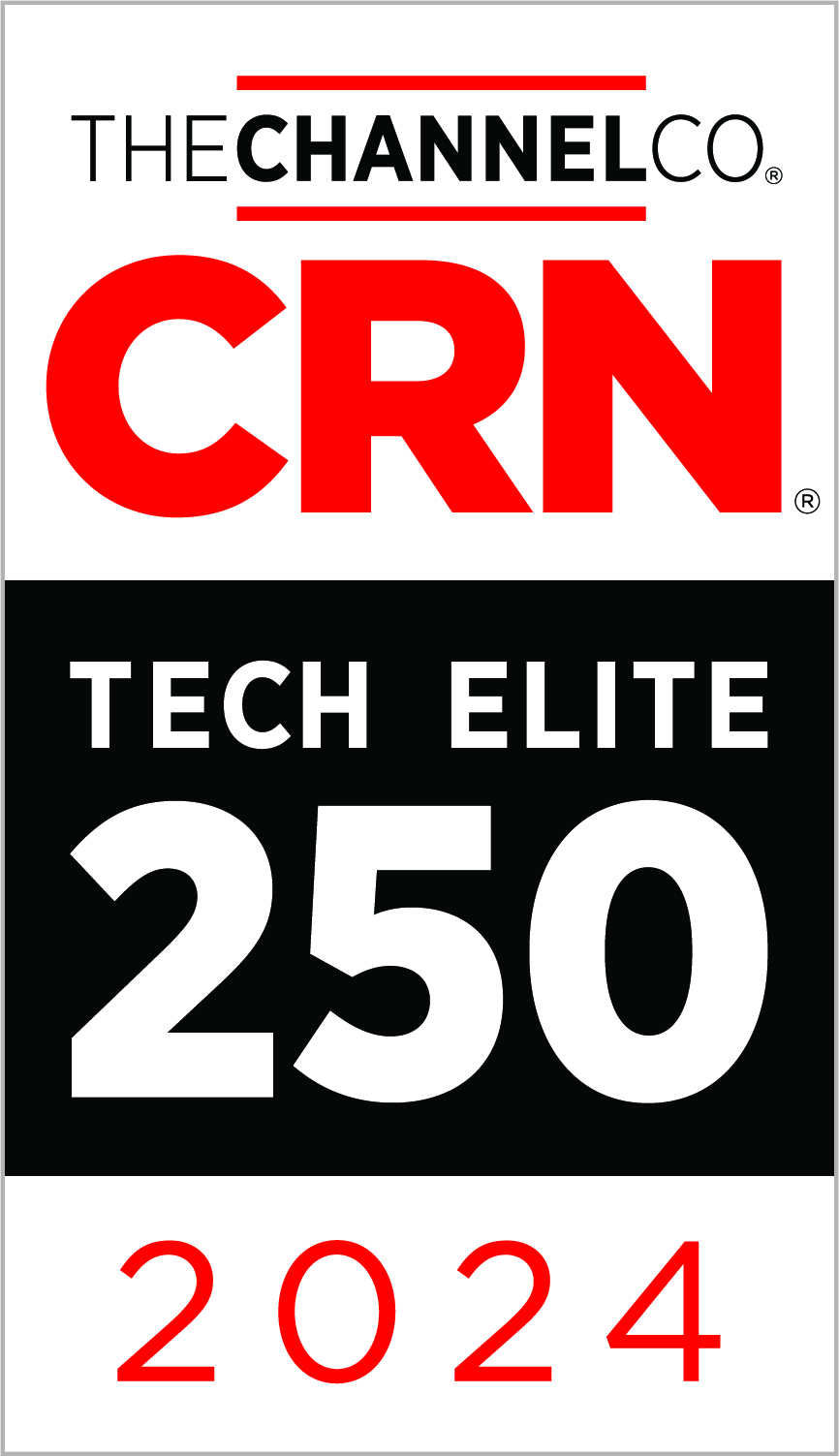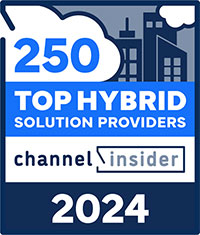A Convergence of Infrastructures

Decisions, Decisions, Decisions
When making the decision on what is the best solution for your infrastructure, there are a few popular options available. Options include Converged, Hyperconverged, and Disaggregated Hyperconverged. Depending on the size and complexity of your environment, this will impact which infrastructure you may choose.
Choosing between the different available architectures means having a complex understanding of both the current deployments in your data center and the scaling factors impacting your organization specifically.
Converged Infrastructure
IT Sprawl is still a very real issue for data centers. It leads to increased costs, reduced efficiency, and less flexibility. A converged infrastructure (CI) helps with this by creating a virtualized resource hub. It increases overall efficiencies across the data center using a single integrated IT management system.
A converged infrastructure (CI) aims to optimize by grouping multiple components into a single system. Servers, networks, and storage are placed on a single rack. Replacing the old silos of hardware, convergence allows IT to become more efficient by sharing resources and simplifying system management. This efficiency helps keep costs down and systems running smoothly. On the flip side, it is expensive and not the most flexible in scaling.
While converged infrastructure is effective in small-scale environments, most mid-market and enterprise organizations are limited by this architecture. Its hardware is proprietary in nature and it ineffectively distributes resources at scale.
Hyperconverged Infrastructure
Hyperconverged infrastructure (HCI) was designed to fix the scalability issue, and it certainly improved things. Designed as a building-block approach, HCI allows IT departments to add in the nodes (i.e., servers, storage, or computing) as needed. It continues to simplify management by placing all controls under a single user interface.
Hyperconverged infrastructure, by leveraging commodity products across the board, significantly disrupted the financial dynamics. It was radically less expensive, at least initially than converged infrastructure while still providing most of the benefits.
Most organizations today use either a traditional CI or HCI Deployment. There are benefits and advantages to both.
While HCI has many benefits, there are some significant disadvantages. For quickly growing businesses that need an easy-to-manage architecture that embeds as many elements of modern-day computing – like disaster recovery, security, and cloud, this may not be the best solution. Hyperconverged solutions have use cases where they do not fit. This has caused problems for customers who disrupted operations by not realizing the impact some workloads would have.
While more scalable than CI, HCI still requires the interdependent growth of storage and servers. That’s a challenge with the types of workloads companies use today.
It’s hard to argue with the manageability and scalability advantages of traditional HCI platforms. IDC predicts that the HCI market revenue will grow at a CAGR of 25.2% to crest $11.4 billion in 2022. As HCI has matured, enterprises have been looking to use it to host a broader set of workloads.
There are still workloads whose performance, availability, and/or capacity demands encourage the use of an architecture that allows IT managers to scale compute and storage resources independently. A storage solution that is better for workloads whose growth is very dynamic and unpredictable.
Disaggregated HyperConverged (dHCI)
Enter in the latest solution, Disaggregated Hyperconverged infrastructure. Disaggregated hyperconverged infrastructure (dHCI) combines the simplicity of CI and the speed of HCI to create a more resilient, evolved data center architecture. There are numerous benefits to dHCI. The biggest value proposition most attractive to users today is disaster recovery as a service or DRaaS.
While not every workflow can run on a hyperconverged infrastructure, they can on a dHCI. That’s part of what makes it appealing. It doesn’t come with the restrictions of its predecessors. Ultimately, disaggregated HCI leverages similar components to converged infrastructure but leverages modern infrastructure automation techniques to enable automated, wizard-based deployment and simple, unified management at similar costs to HCI.
With dHCI, IT teams are able to focus on support and service delivery while Artificial Intelligence (AI) takes care of infrastructure management. The rise in size and complexity of data centers means that such an intelligent solution will help firms get maximum Returns on Investment (RoI) in IT equipment.
dHCI is in demand for IT managers who want the simplicity of HCI and the flexibility of converged. dHCI is simple to deploy, manage, scale and support. It is software-defined so compute and storage are condensed and managed through vCenter with full-stack intelligence from storage to VMs and policy-based automation for virtual environments are integrated throughout.
HPE Nimble Storage dHCI
HPE Nimble Storage dHCI pulls together the best elements of each type of infrastructure. Combining the simplicity of HCI management with the reliability, familiarity, and flexibility of scale of our beloved 3-tier architecture. It is essentially high-performance HPE Nimble Storage, FlexFabric SAN switches and Proliant servers converged together into a stack. Simple deployment, operation, and day-to-day management tasks have been hugely simplified with this solution.
The out-of-box experience requires very little technical experience to use and deploy the stack. Once up and running, day-to-day tasks, such as adding more hosts or provisioning more storage, are simple “one-click” processes that are simple and take up very little technician time. Storage, compute and networking can be scaled independently of each other. This further reduces the requirement for VMware/ Hyper-V licensing at scale. It reduces the costs as there isn’t a need to scale out all the components when you simply need more storage or compute.
The whole stack plugs directly into the HPE Infosight portal and support model. It automates simple support tasks so that 1st and 2nd line support are no longer needed to triage issues. dHCI plugs into this to bring this first-class support and analytics to VMware, Proliant, and FlexFabric as well as the Nimble Storage platform. With dHCI, it’s now possible to deploy an entire virtualization stack and have it monitored and supported 24/7/365 by skilled HPE engineers.
Want to learn more about these infrastructure solutions and discover which one is a good fit for your organization, request a consultation today with Zunesis.
Categories
Search
Blog Categories
Related Resources
Archives
- July 2024
- June 2024
- May 2024
- April 2024
- March 2024
- January 2024
- October 2023
- September 2023
- August 2023
- July 2023
- June 2023
- May 2023
- April 2023
- March 2023
- February 2023
- January 2023
- October 2022
- July 2022
- June 2022
- May 2022
- April 2022
- March 2022
- February 2022
- January 2022
- December 2021
- November 2021
- October 2021
- September 2021
- August 2021
- July 2021
- June 2021
- May 2021
- April 2021
- March 2021
- February 2021
- January 2021
- December 2020
- November 2020
- October 2020
- September 2020
- August 2020
- July 2020
- June 2020
- May 2020
- April 2020
- March 2020
- February 2020
- January 2020
- December 2019
- November 2019
- October 2019
- September 2019
- August 2019
- July 2019
- June 2019
- May 2019
- April 2019
- March 2019
- February 2019
- January 2019
- December 2018
- November 2018
- October 2018
- September 2018
- August 2018
- July 2018
- June 2018
- May 2018
- April 2018
- March 2018
- February 2018
- January 2018
- December 2017
- November 2017
- October 2017
- September 2017
- August 2017
- July 2017
- June 2017
- May 2017
- April 2017
- March 2017
- February 2017
- January 2017
- December 2016
- November 2016
- October 2016
- September 2016
- August 2016
- July 2016
- June 2016
- May 2016
- March 2016
- February 2016
- January 2016
- December 2015
- October 2015
- September 2015
- August 2015
- July 2015
- June 2015
- May 2015
- April 2015
- March 2015
- February 2015
- January 2014
- February 2013




